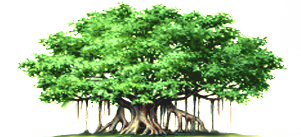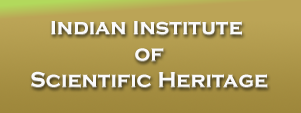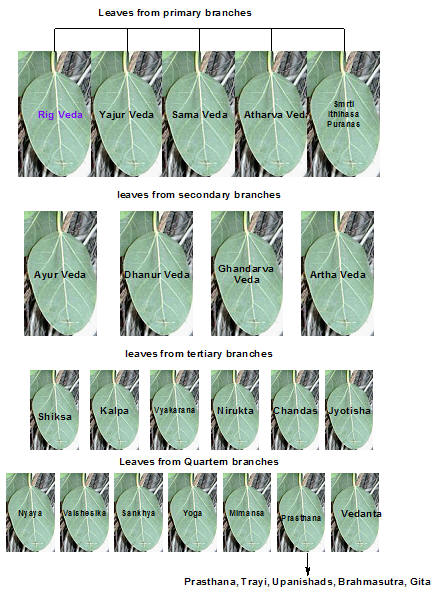IISH Heritage Center – Message to the World


The Vedas (Sanskrit वेद véda, „knowledge“) are a large body of texts originating in ancient India. Composed in Vedic Sanskrit, the texts constitute the oldest layer of Sanskrit literature and the oldest scriptures of Hinduism. Read More: > HERE <
The Vedanga ( vedÄ�ṅga, „member of the Veda“) are six auxiliary disciplines traditionally associated with the study and understanding of the Vedas. Shiksha (śikṣÄ�): phonetics and phonology (sandhi), Kalpa (kalpa): ritual, Vyakarana (vyÄ�karaṇa): grammar, Nirukta (nirukta): etymology, Chandas (chandas): meter, Jyotisha (jyotiṣa): astronomy for calendar issues, such as auspicious days for performing sacrifices. Traditionally, vyÄ�karaṇa and nirukta are common to all four Vedas, while each veda has its own śikṣÄ�, chandas, kalpa and jyotiṣa texts. The Vedangas are first mentioned in the Mundaka Upanishad (at 1.1.5) as subjects for students of the Vedas. Later, they developed into independent disciplines, each with its own corpus of Sutras. Read More: > HERE <
A UNESCO World Heritage Site is a place (such as a forest, mountain, lake, desert, monument, building, complex, or city) that is listed by UNESCO as of special cultural or physical significance. The list is maintained by the international World Heritage Programme administered by the UNESCO World Heritage Committee, composed of 21 state parties which are elected by their General Assembly for a four-year term. The program catalogues, names, and conserves sites of outstanding cultural or natural importance to the common heritage of humanity. Under certain conditions, listed sites can obtain funds from the World Heritage Fund. The programme was founded with the Convention Concerning the Protection of World Cultural and Natural Heritage,which was adopted by the General Conference of UNESCO on November 16, 1972. Since then, 186 state parties have ratified the convention. Read more : >HERE<
Message to World – Indian Heritage on science and technology has a history of not less than 5000 years starting from the subjects of mathematics, astronomy, geometry, health science, food science, yoga, Metallurgy (science of metals), space science /air crafts technology, plant science and so on. There are thousands of books catalogued by different organizations and institutions in India and abroad, which are presently available either in the printed form or as manuscripts in palm leaves.
This history record, starts from Vedic period. The mathematics and astronomy were dealt together in hundreds of text books written in Sanskrit and in regional languages.
Mahabhaskareeya, Laghubhaskareeya, Vateswara Siddhanta, Bruhat samhitha, Sidhanta siromony and many similar books still available in the printed form with English commentaries. They give the subject matter qualitatively and quantitatively at par with the modern developments.
The books on health science, Charaka Samhita, Susrutha samhitha, Ashtanga hrudaya and so on written many thousand years ago are the part of curriculum in more than 300 ayurveda colleges in India and more than one hundred institutions outside India.
Indian heritage on the metallurgical sciences (loha thanthra, rasa saastra and so on) also goes back from the period of Yajurveda. Many ancient textbooks describe the rasa sastra and artha saastra giving detailed descriptions on the ores, minerals and methodology of extraction and purification of metals and their compounds, which has been supported by the archeological evidences.
Indian technological heritage has vast area of knowledge from metallurgy, ceramics, glass, textiles, furnaces, leather, civil engineering and architecture, granite and marble, and so on. These are clearly demonstrated in ancient Indian books, cave temples, temples, forts, palaces, etc..
Indian Institute of Scientific Heritage (IISH) was established on the Sravana Pournami day in August 1999 and registered as a charitable trust (328/99/iv) during the last quarter of 1999. Then onwards IISH has been undertaking the mission of learning and teaching the ultra ancient heritage of Bharath(India) using ultra modern scientific and technological tools.
The ultimate aim of this mission is to make every Indian proud of his heritage.
Our aim is to inform the world about the glorious scientific, rational and logical heritage of India and also inform the world to practice and adopt these message in their life to lead a happy life in the 21st century. IISH is undertaking this mission of taking the message to 100 million people before the 31st December 2010. Hundreds and thousands of mission oriented workers are taking part in this patriotic mission of spreading the message of our motherland. We learn and teach the past glory, present achievements and future aims of Indian in each and every field, taking the inspiration for the past glory of this nation.
We inform the world that this heritage of India is the property of Hindus, Muslims and Christians of India and also belongs to all beloved children of this motherland.
Thus IISH spreads the scientific, technological, spiritual, sociological, anthropological, managemental messages to the world, in such a way that these messages can be adopted for the modern world.

Comments are closed.